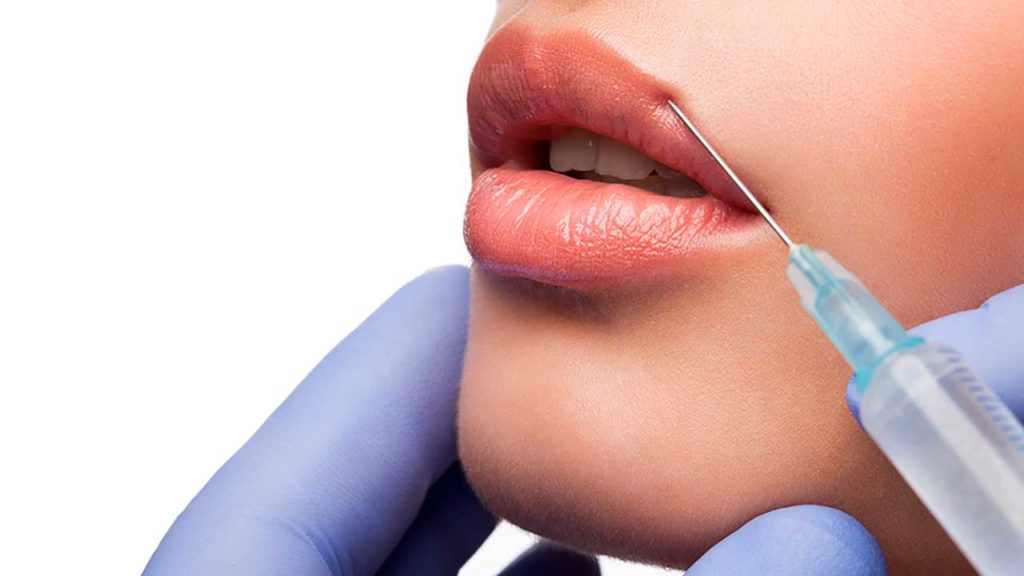What to Expect During a Professional Water Overflow Cleanup Process

Water overflow can strike when you least expect it, whether it’s from a broken pipe, an overflowing sink. Dealing with the aftermath can be overwhelming, but knowing what to expect during a professional water overflow cleanup process can make the experience less stressful.
We’ll walk you through the steps professionals take to restore your property, ensuring it’s safe and habitable again. Whether you’re dealing with a minor overflow or a major flood, knowing how professionals handle St Charles water overflow cleanup can save you time.
The Initial Assessment
When you call in the professionals for a water overflow cleanup, the first step is an initial assessment. This is a crucial phase where the cleanup team evaluates the extent of the damage and determines the best course of action. The team will typically arrive with specialized equipment to measure moisture levels and identify areas.
1. Identifying the Source:
The first task is to identify the source of the water overflow. Whether it’s a burst pipe, a malfunctioning appliance, or a natural disaster, the source must be addressed to prevent further damage. The cleanup team will work quickly to stop the water flow and start the drying process.
2. Safety First:
Safety is a top priority during the initial assessment. The team will check for any potential hazards, such as electrical issues or structural damage, to ensure the cleanup process can proceed safely. If the water has come into contact with electrical systems, power may be shut off to avoid accidents.
3. Developing a Plan:
Once the source is controlled and the area is deemed safe, the cleanup team will develop a customized plan of action. This plan will outline the necessary steps to restore your property.
Water Extraction and Drying
After the initial assessment, the next step in the St Charles water overflow cleanup process is water extraction and drying. This is where the real work begins, and it’s critical to act quickly to prevent further damage, such as mold growth or structural weakening.
1. Water Extraction:
The cleanup team will use high-powered pumps and vacuums to remove standing water from your property. This step is essential for preventing further damage and reducing the overall drying time. Depending on the severity of the overflow, this process can take anywhere from a few hours to a couple of days.
2. Drying and Dehumidification:
Once the standing water is removed, the team will focus on drying out your property. Industrial-grade dehumidifiers and air movers are used to circulate air and remove moisture from walls, floors, and furniture. This step is crucial for preventing mold and mildew, which can begin to grow within 24 to 48 hours after a water overflow.
3. Monitoring the Progress:
Throughout the drying process, the cleanup team will regularly monitor the moisture levels in your property. This ensures that everything is drying properly and that no hidden pockets of moisture are left behind. The team will also adjust equipment as needed to optimize the drying process.
Cleaning and Sanitizing
After the water has been extracted and the area has dried, the next phase of the St Charles water overflow cleanup is cleaning and sanitizing. This step is crucial for ensuring that your property is safe and free from contaminants that may have been brought in by the overflow.
1. Surface Cleaning:
The cleanup team will thoroughly clean all affected surfaces, including floors, walls, and furniture. Depending on the type of water involved (clean water, gray water, or black water), different cleaning methods and products may be used to ensure that all contaminants are removed.
2. Sanitizing and Disinfecting:
To further protect your property and health, the team will sanitize and disinfect the area. This is particularly important if the water overflow involved sewage or other harmful substances. Disinfectants are used to eliminate bacteria, viruses, and other pathogens that could pose a health risk.
3. Odor Removal:
Water overflows can leave behind unpleasant odors, especially if the water has been standing for a while. The cleanup team will use deodorization techniques to remove any lingering smells, leaving your property fresh and clean.
Restoration and Repairs
The final step in the professional water overflow cleanup process is restoration and repairs. This phase focuses on returning your property to its pre-damage condition, which may involve minor repairs or more extensive reconstruction, depending on the extent of the damage.
1. Assessing the Damage:
Once the area is clean and dry, the cleanup team will assess the damage and determine what repairs are necessary. This could range from replacing drywall and flooring to repairing or replacing damaged furniture and fixtures.
2. Making Repairs:
The cleanup team may handle some repairs directly, such as drywall replacement or painting. For more extensive repairs, like electrical work or plumbing, they may coordinate with other professionals to ensure the job is done correctly.
3. Final Inspection:
Before completing the job, the cleanup team will perform a final inspection to ensure that all repairs are completed to your satisfaction. They will also check that the area is completely dry and free from any potential issues that could arise later, such as mold growth.
Conclusion: Peace of Mind Through Professional Cleanup
Dealing with a water overflow can be a daunting experience, but understanding what to expect during a professional cleanup process can make the situation more manageable. By hiring experts for St Charles water overflow cleanup, you can minimize the damage, protect your health, and return to normal life as quickly as possible.










